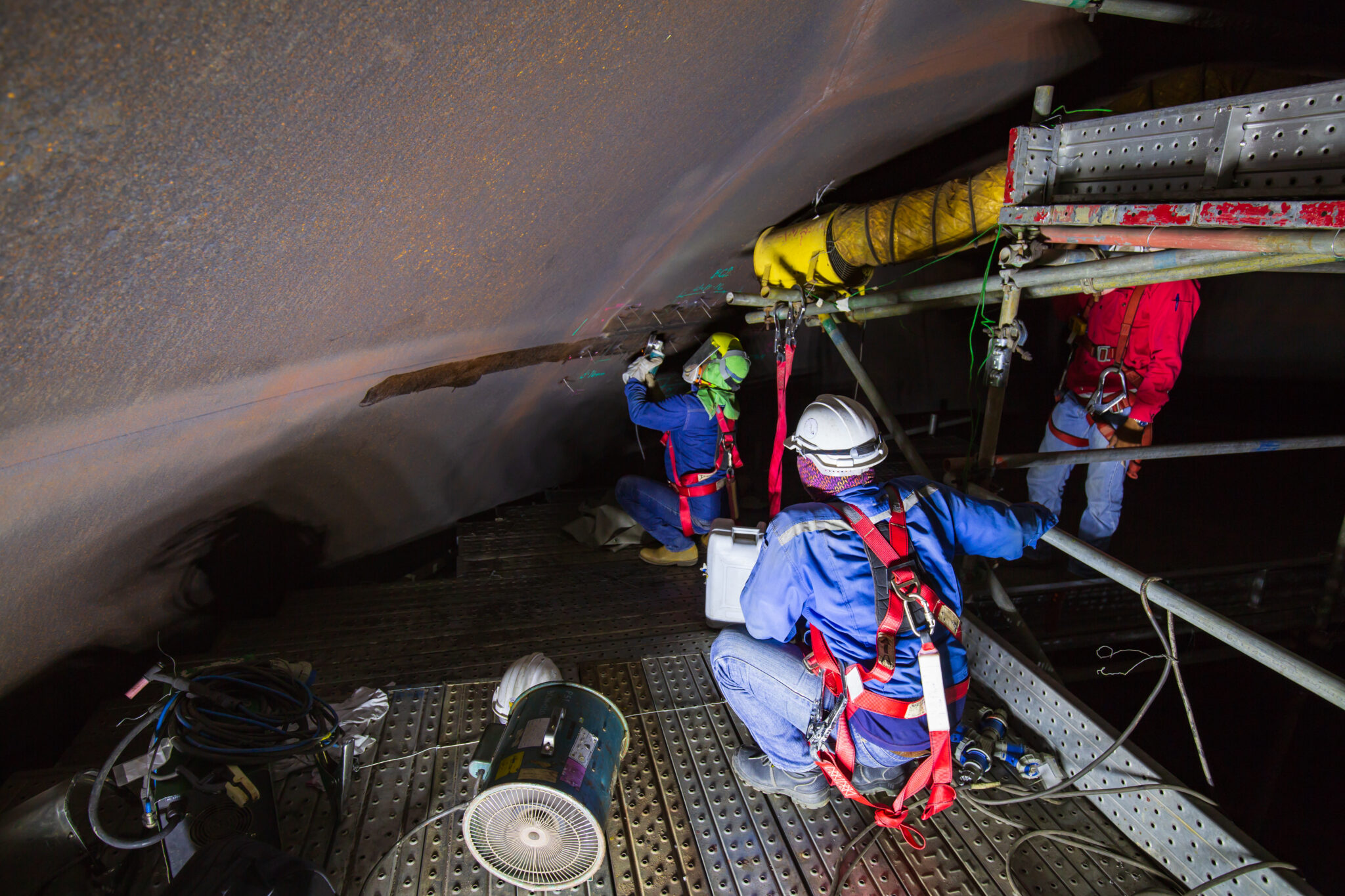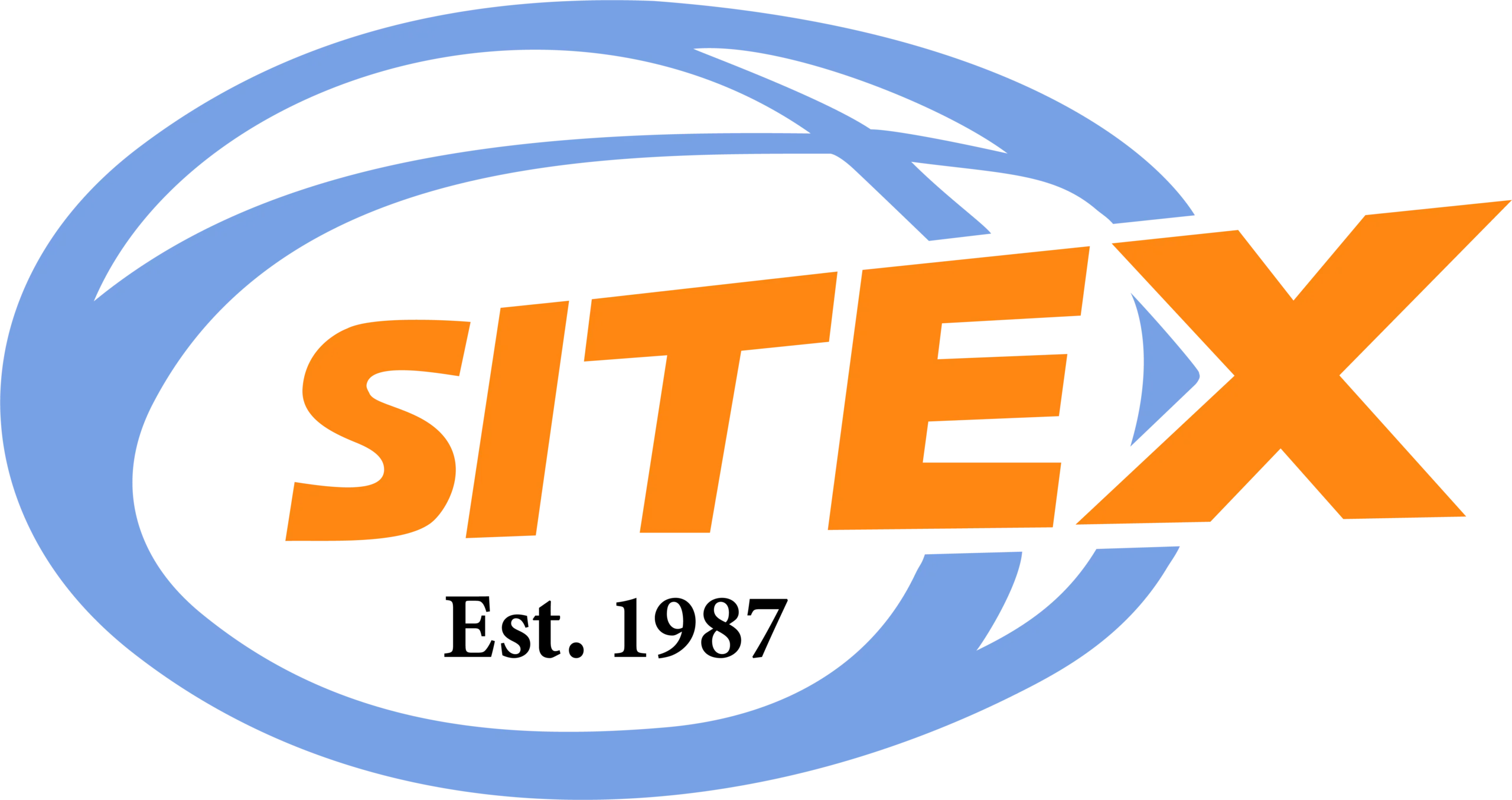
Written By: Pete Dugan, Published: April 10, 2023, Updated: May 28, 2025
More than 130 workers die each year in confined space incidents, according to the Bureau of Labor Statistics. Interestingly, almost two-thirds of fatalities are would-be rescuers, indicating the prevalence of improperly or untrained rescue crews.
When confined space accidents occur, workers and their families have recourse to investigate whether duties of care regulations were violated by those responsible for the worksite safety. That’s why having proper, highly trained confined space rescue crews is imperative not only to prevent accidents but to reduce and share the liability in the event they happen.
OSHA is the primary regulatory body employers consider when thinking about confined space liability, but other regulations and standards may apply to liability investigations, including some that are industry-specific.
It’s not uncommon for worksites to have a complex layering of employers, contractors, and subcontractors, and different industries may have different definitions of responsible parties. For example, in the construction industry, OSHA separately defines “controlling contractors,” “host employers,” and “entry employees.” Notably, more than one party can be held liable for accidents that occur.
Victims looking to place blame or seek compensation for confined space accidents have options through various workers’ compensation, negligence, negligent supervision, and wrongful death laws. As a result, employers and contractors must understand their individual obligations and work together to protect each other. OSHA details specific obligations of employers and contractors in 29 CFR 1910.146(c)(8) and (c)(9).
Employers can protect their confined space liability by outsourcing rescue teams to a highly-regarded safety provider that is fully expert in the legal requirements and shared liabilities that come with safety implementation and oversight.
Because the contracted safety team has a singular focus and is not a party to existing company politics or interests, this team will ensure that it meets its only objective of meeting all safety requirements.
While it may appear initially as an upfront cost, employing a third-party confined space rescue team like SITEX provides several big-picture benefits that can’t be overlooked. In addition to sharing liability, an outsourced CSR provider will ensure your company avoids fines for non-compliance.
More importantly, hiring a dedicated CSR team to mitigate risk saves on direct costs associated with an accident. It also demonstrates due diligence for mitigating risk, which plays a critical role in any investigation or litigation related to an accident.
Patching together a rescue crew from employees that aren’t fully trained in the complexities that can arise in a confined space incident is a recipe for disaster and an invitation to significant litigation, investigations, and/or fines.
Hiring a third-party CSR expert is a simple, effective way to reduce all the risk and liability that comes with confined space worksites. To mitigate your own risk and liability, ask SITEX how our expertly trained CSR crews save you money in the short and long-term while delivering a safe job site to your employees.

35+ Years Of Experience
© 2024 SITEX | Environmental, Safety and Rescue Services | All Rights Reserved.
